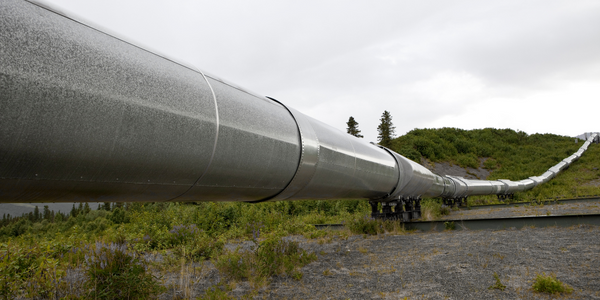Applicable Industries
- Oil & Gas
Applicable Functions
- Procurement
Services
- Training
About The Customer
Network for Good is a rapidly growing tech non-profit organization. The company was looking to expand into the emerging Giving & Social Engagement market and needed a CEO to lead this expansion. They sought a diverse range of CEO candidates, both demographically and professionally. The search for the right candidate was overseen by the Board of Directors, with the assistance of an Executive Consultant. The company values personalized communication and attention to detail in their recruitment process.
The Challenge
Network for Good's Board of Directors faced a significant challenge in 2020 when they decided to hire a CEO to lead the company's expansion into the emerging Giving & Social Engagement market. They sought a diverse range of CEO candidates, both demographically and professionally. However, they needed a method to communicate the opportunity quickly while giving each candidate the attention they deserved. Executive Consultant Wendy Bellus, who was brought on to add expertise to the search, expressed concerns about relying on LinkedIn Recruiter for the CEO search due to the diverse background requirements for the role. She also lacked confidence that a recruiting firm would deliver candidates that fell outside of specific parameters. The challenge was to find a creative, strategic solution to sourcing that would also give them control over who they reached out to, and how.
The Solution
The solution came in the form of Fetcher, a strategic sourcing and outreach platform. Despite initial doubts about its suitability for an executive position, Fetcher proved to be a game changer. The training and support provided by the Customer Success Manager were instrumental to the search’s success. Beyond the personalized support, the ability to personalize email outreach through Fetcher helped Network for Good spark interest in the CEO role. Several candidates mentioned they were excited to be contacted directly by the Chair of the Board, which was all actually done via Fetcher. In less than 2 months, the search committee had a solid pipeline of promising candidates and could pause Fetcher’s auto-sourcing and focus on interviews.
Operational Impact
Quantitative Benefit

Case Study missing?
Start adding your own!
Register with your work email and create a new case study profile for your business.
Related Case Studies.

Case Study
Taking Oil and Gas Exploration to the Next Level
DownUnder GeoSolutions (DUG) wanted to increase computing performance by 5 to 10 times to improve seismic processing. The solution must build on current architecture software investments without sacrificing existing software and scale computing without scaling IT infrastructure costs.

Case Study
Remote Wellhead Monitoring
Each wellhead was equipped with various sensors and meters that needed to be monitored and controlled from a central HMI, often miles away from the assets in the field. Redundant solar and wind generators were installed at each wellhead to support the electrical needs of the pumpstations, temperature meters, cameras, and cellular modules. In addition to asset management and remote control capabilities, data logging for remote surveillance and alarm notifications was a key demand from the customer. Terra Ferma’s solution needed to be power efficient, reliable, and capable of supporting high-bandwidth data-feeds. They needed a multi-link cellular connection to a central server that sustained reliable and redundant monitoring and control of flow meters, temperature sensors, power supply, and event-logging; including video and image files. This open-standard network needed to interface with the existing SCADA and proprietary network management software.

Case Study
Refinery Saves Over $700,000 with Smart Wireless
One of the largest petroleum refineries in the world is equipped to refine various types of crude oil and manufacture various grades of fuel from motor gasoline to Aviation Turbine Fuel. Due to wear and tear, eight hydrogen valves in each refinery were leaking, and each cost $1800 per ton of hydrogen vented. The plant also had leakage on nearly 30 flare control hydrocarbon valves. The refinery wanted a continuous, online monitoring system that could catch leaks early, minimize hydrogen and hydrocarbon production losses, and improve safety for maintenance.










